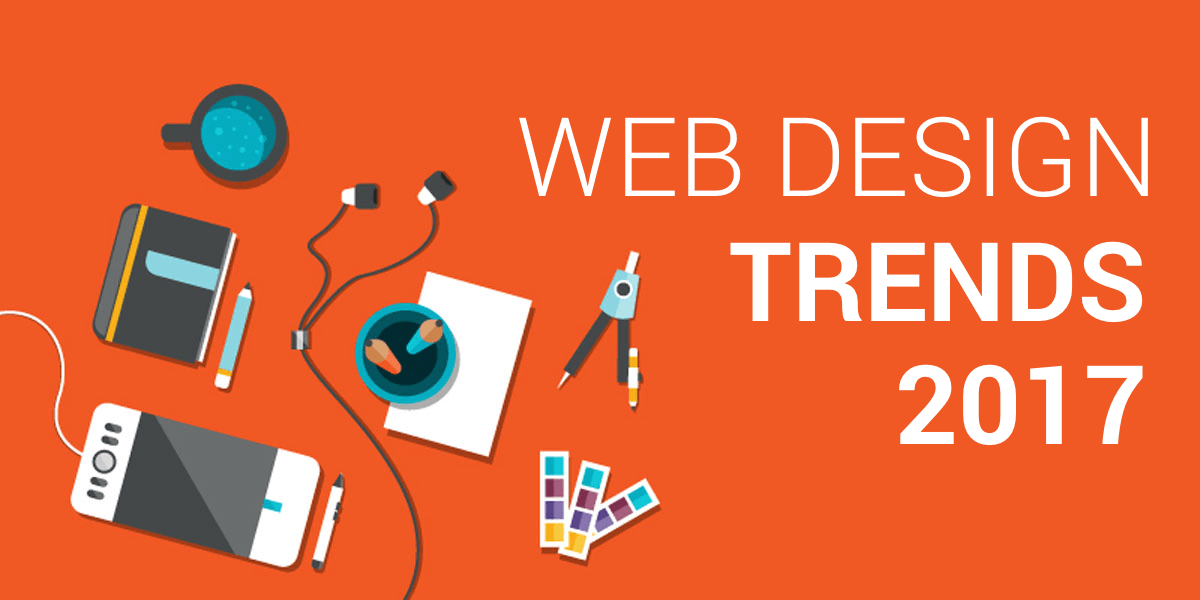Aligned Position Web Design: Perfectly Designed Websites to Capture Your Audience’s Attention
Aligned Position Web Design: Perfectly Designed Websites to Capture Your Audience’s Attention
Blog Article
The Most Effective Types of Web Style to Boost Customer Experience and Involvement
In the ever-evolving landscape of electronic interaction, the efficiency of Web style significantly impacts individual experience and involvement. Different layout methods, such as minimalist, receptive, and interactive layouts, each offer unique advantages that can accommodate varied user requirements. Recognizing which types of website design ideal serve these goals can be crucial for companies intending to improve consumer fulfillment and retention. The inquiry remains: which style aspects absolutely reverberate with users and foster purposeful engagement? The exploration of these principles exposes essential understandings that may redefine your strategy to website design.
Minimal Web Style
As electronic landscapes end up being progressively messy, minimalist Web layout has actually become an effective technique to improving individual experience. This style approach focuses on simpleness, concentrating on essential elements while eliminating unneeded disturbances. By utilizing adequate white space, straightforward navigating, and a minimal color scheme, minimalist design cultivates quality and guides user interest to essential content.
The core concept of minimal website design is to produce a seamless communication for individuals. By decreasing cognitive load, customers can promptly realize info without feeling bewildered. This direct approach not only improves use but additionally motivates engagement, as visitors are more most likely to check out a website that is visually enticing and easy to browse.
Furthermore, minimalist design frequently emphasizes typography and imagery, making use of these components tactically to convey messages properly. This concentrate on crucial elements can enhance brand identity and develop a memorable customer experience. Fundamentally, minimalist website design is not just a fad; it is a thoughtful approach that identifies the significance of user-centered design. By removing supplementary elements, designers can develop a more interesting, reliable, and satisfying Web experience for all users.
Receptive Website Design
In today's varied electronic setting, receptive Web design has come to be essential for creating a seamless user experience across a plethora of tools. As users access sites on mobile phones, laptop computers, desktop computers, and tablets, the capacity of a website to adjust its format and web content to various display sizes and resolutions is crucial.
Receptive Web layout utilizes versatile grids, images, and CSS media queries to ensure that Web material is provided efficiently, no matter the gadget made use of. This strategy not just improves the visual charm of an internet site however likewise considerably improves use. Individuals are most likely to engage with a website that provides a consistent experience, as it eliminates the aggravation of having to focus or scroll excessively.
By embracing receptive design, services can boost their exposure and get to a broader target market. In recap, responsive Web layout is an essential technique that boosts customer experience, involvement, and general contentment.
Interactive Website Design
Receptive website design prepares for improving customer experience, but interactive website design takes this a step even more by involving customers in a more dynamic method - Aligned Position Web Design. By including elements such as animations, clickable models, and real-time responses, interactive Web design astounds individuals, drawing them right into a richer browsing experience
This strategy not just cultivates engagement but likewise motivates individuals to discover content actively rather than passively consuming it. Methods such as gamification, where individuals gain rewards for completing tasks, can substantially boost the moment invested in a website and enhance general satisfaction. Interactive functions can streamline intricate information, making it much more satisfying and digestible.

Incorporating interactive design components can also cause higher conversion rates, as customers are most likely to engage with a site that proactively involves them. Aligned Position Web Design. Eventually, interactive website design transforms customer experiences into unforgettable trips, ensuring that visitors return time and once again
Apartment Design
Defined by its minimalistic technique, level layout highlights simpleness and performance, removing away unneeded components and concentrating on essential functions. This layout ideology focuses on use, making certain that users can browse interfaces with simplicity and effectiveness. By utilizing a clean aesthetic, level layout eliminates the clutter frequently discovered in much more ornate styles, thereby enhancing user focus on web content and capability.
The characteristic of level style lies in Read Full Article its usage of strong colors, basic typography, and geometric forms. These elements contribute to a visually appealing user interface that is both friendly and contemporary. Furthermore, flat layout promotes a sense of clearness, enabling users to recognize crucial activities and information without distraction.
Furthermore, flat style is especially reliable in responsive Web design, as its simplicity translates well throughout numerous devices and screen dimensions. By concentrating on vital functions, level layout not only satisfies individual demands but likewise urges smooth interaction, making it a crucial part of effective Web style techniques.
Flexible Website Design
Flexible website design tailors the user experience by creating several taken care of formats customized to various screen dimensions and gadgets. Unlike receptive layout, which fluidly readjusts a solitary format, flexible style utilizes unique read more designs for details breakpoints, ensuring optimal presentation on different systems. This technique permits developers to concentrate on the special features of each tool, enhancing usability by delivering precisely what users need based upon their context.
Among the main advantages of flexible Web design is its capacity to maximize lots times and performance. By serving tailored content and photos that fit the customer's gadget, internet sites can minimize information use and boost loading rates. This is especially beneficial for customers with slower connections or restricted information strategies.

Furthermore, adaptive design promotes a more pop over to this web-site regulated and constant branding experience. Since developers create several formats, they can make certain that the aesthetic elements align with the brand's identity across different systems - Aligned Position Web Design. This leads to a cohesive individual experience, improving engagement and promoting customer retention
Conclusion
To conclude, the combination of minimal, receptive, and interactive Web layout principles considerably boosts user experience and engagement. Minimalist design cultivates clearness and emphasis, while responsive layout makes sure versatility across different gadgets, promoting accessibility. Interactive style astounds individuals via vibrant elements, motivating expedition and personalization. Jointly, these layout comes close to contribute to the production of easy to use settings that not only boost satisfaction however also drive higher conversion prices, emphasizing their important importance in modern Web layout techniques.
.png)
Minimal layout cultivates quality and emphasis, while receptive layout guarantees flexibility across different tools, advertising access. Jointly, these layout approaches contribute to the production of user-friendly environments that not just boost satisfaction but additionally drive higher conversion prices, underscoring their essential importance in contemporary Web layout methods.
Report this page